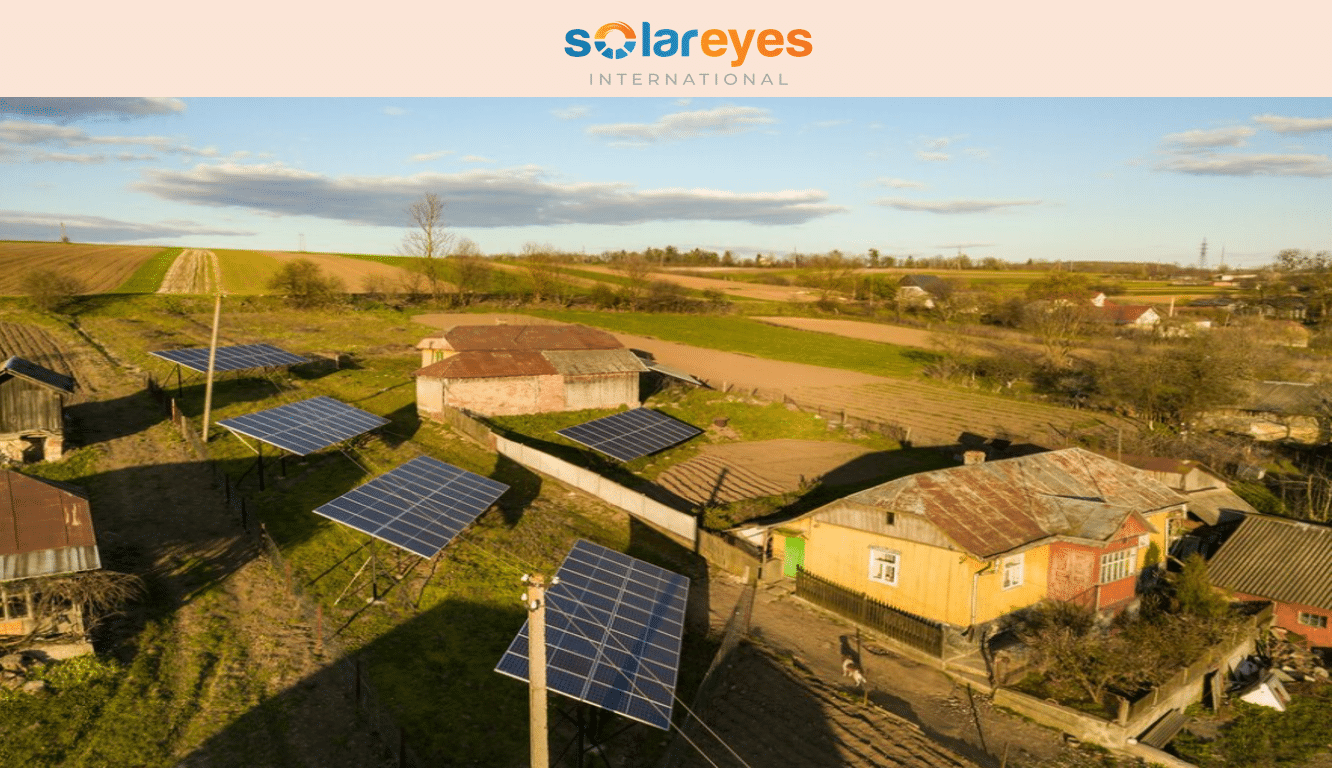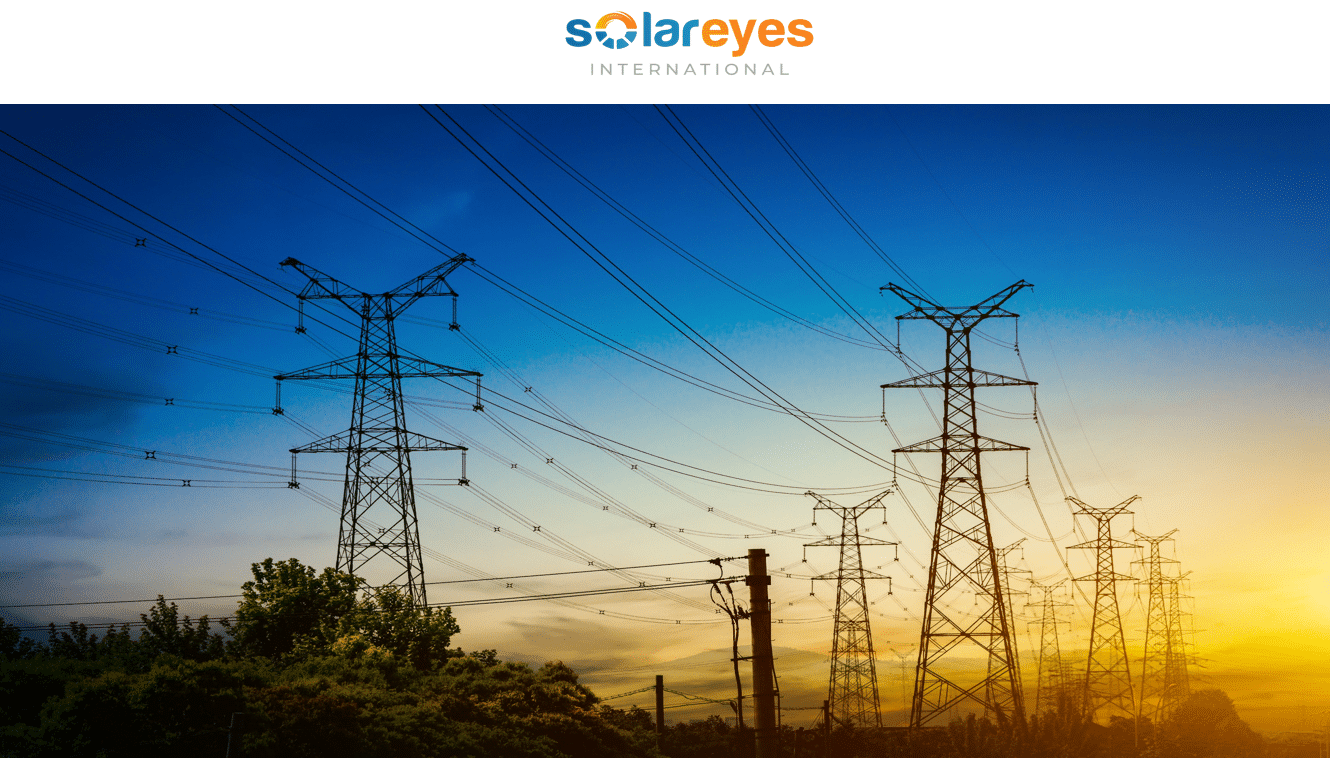Zimbabwe’s Electricity Sector: Structure, Policy, and Regulation

Zimbabwe’s Electricity Sector: Structure, Policy, and Regulation
Ministry of Energy and Power Development (MEPD)
The Ministry of Energy and Power Development has overall responsibility for energy issues in Zimbabwe. Its mandate includes policy formulation, performance monitoring and regulation of the energy sector as well as research, development and promotion of new and renewable sources of energy. The Ministry supervises and oversees the performance of the energy utility and its subsidiaries.
Zimbabwe Electricity Regulatory Authority (ZERA)
ZERA was established in 2011 under the Energy Regulatory Act [Chapter 13:23]. ZERA’s main role is to regulate the procurement,
- production,
- transportation
- transmission,
- distribution,
- importation and
- exportation of energy derived from any energy source
In short, ZERA’s role is to regulate the energy sector as a whole. As outlined in the Energy Regulatory and Licensing authority Act [Chapter 13:23] of 2011, ZERA also serves to,
- Increase Access and Security of Supply;
- Energy Efficiency and the Environmental Protection;
- Market Reform and Competition;
- Research and Development; and
- Key stakeholder Advisory.
Zimbabwe Electricity Supply Authority (ZESA)
The electricity sector is primarily controlled by state-owned enterprise, Zimbabwe Electricity Supply Authority Holdings (ZESA Holdings), which generates, imports and distributes all electricity in the country through its subsidiaries Zimbabwe Power Company (ZPC) and Zimbabwe Electricity Transmission and Distribution Company(ZETDC). The ZPC is mainly responsible for the production of electricity whereas the ZETDC’s primary role is for electricity distribution. Besides, ZESA Holdings also control ZESA Enterprises (Pvt) Ltd (ZENT) whose mission is to provide quality electrical products and services. Under the purview of ZESA also include PowerTel Communications which is registered Internet Service provider in Zimbabwe and offers coverage to most parts in the country. The unbundling of ZESA was executed under the Zimbabwe National Energy Policy of 2012. In summation, ZESA’s main mission is to delegate tasks to its main subsidiaries, the energy generator Zimbabwe Power Company and the Zimbabwe Electricity Transmission and Distribution Company. Plans are also underway to privatize ZESA, however, up to date this has not been implemented.
Zimbabwe Power Company (ZPC)
ZPC is responsible for the production and generation of electricity in Zimbabwe. ZPC became operational in 1999 as an investment vehicle in the generation of electricity. The organization has been authorized to construct, own, operate and maintain power generation stations for the supply of electricity. ZPC currently controls five power stations, in which four are coal-fired power stations, Hwange, Bulawayo, Munyati and Harare thermal stations and the hydro power station Kariba. All together, they have a total installed capacity of 2,240 MW. Each power station holds a generation license from the Zimbabwe Electricity Regulatory Authority.
Zimbabwe Electricity Transmission and Distribution Company (ZETDC)
ZETDC is also a subsidiary of ZESA Holdings. ZETDC is responsible for the transmission of electricity from the power stations, the distribution of electricity as well as its retailing to end users. Its mission is to provide adequate, safe, reliable electricity and related services at competitive prices. ZETDC is further divided into two-agencies; the Zimbabwe Electricity Distribution Company is in charge of the distribution and retail of electricity to the end user and the Zimbabwe Electricity Transmission Company balances supply and demand and the transmission of electricity from domestic generation plants.
Rural Electrification Agency (REA) and Rural Electrification Fund (REF)
The Rural Electrification Fund (REF) was established in 2002 and later the Rural Electrification Agency (REA). The government’s aim is to bring electricity to rural and remote areas around the country. The government recognizes the fact that rural electrification is a major pillar in enhancing socio-economic development in rural communities. The agency’s main focus is to spearhead rapid and equitable electrification of rural areas in Zimbabwe. To date, the rural electrification programme has enabled the electrification of thousands of rural institutions, farms, villages, boreholes, dam points and irrigation schemes.
Policy Framework for Electricity Sector
| Legislation/Policy | Purpose | Implementing Agency |
| National Renewable Energy Policy (NREP) and the Biofuels Policy (2020) | It seeks to achieve: 1. 33% reduction in green house carbon emissions by 2030 2. 20% ethanol bleding ratio by 2030 | |
| National Energy Policy (2012) | Policy support and strategic planning for multiple RE sources. The objectives of the Energy Policy are: >to ensure accelerated economic development >to facilitate rural development >to promote small-medium scale enterprises >to ensure environmentally friendly energy development, and >to ensure efficient utilisation of energy resources | MEPD |
| Energy Regulatory Act (2011) | The ZERA (Zimbabwe Energy Regulatory Authority) board issues and withdraws licences from all players in the Electricity, Petroleum and Renewable Energy Sectors. It is also responsible for creating a legal framework for fair competition of both private and public players | ZERA |
| National Electricity Act (2002) | The Electricity Act provided for the establishment of the Zimbabwe Electricity Regulatory Commission(ZERC). ZERC was responsible for licencing operators in the electricity sector, setting of electricity tariff as well as general regulation of the electricity sector to allow for fair competition in the electricity industry. Since the establishment of ZERA in January 2012, all the duties have been transferrred to ZERA and ZERC dissolved. | Formerly ZERC now ZERA |
| Rural Electrification Act (2002) | The Act allowed for the establishment of the Rural Electrification Fund Board responsible for holding and distribution of Rural Electrification Funds for all rural electrification projects countrywide. Allows for the expansion of the national electricity grid to rural government institutions, business centres and chief’s homesteads on 100% subsidy and 60% subsidy on other connections. Also provides for decentralised electrication using renewable energy. | REA |
THE END.
FOLLOW US ON SOCIAL MEDIA
Follow us on LINKEDIN, FACEBOOK, TELEGRAM GROUP and WHATSAPP.
*** ALSO CHECK: HOW TO SIZE A SOLAR SYSTEM – 5 clear steps anyone can follow
HOW TO START A SOLAR COMPANY – do these 6 things and make money through solar
How to Identify Fake Solar Products
SOLAR PANEL LOSSES: All you Need to Know + Tips on how to avoid them
SOLAR PV MODULE MANUFACTURING PROCESS EXPLAINED – from solar cells to solar panel





